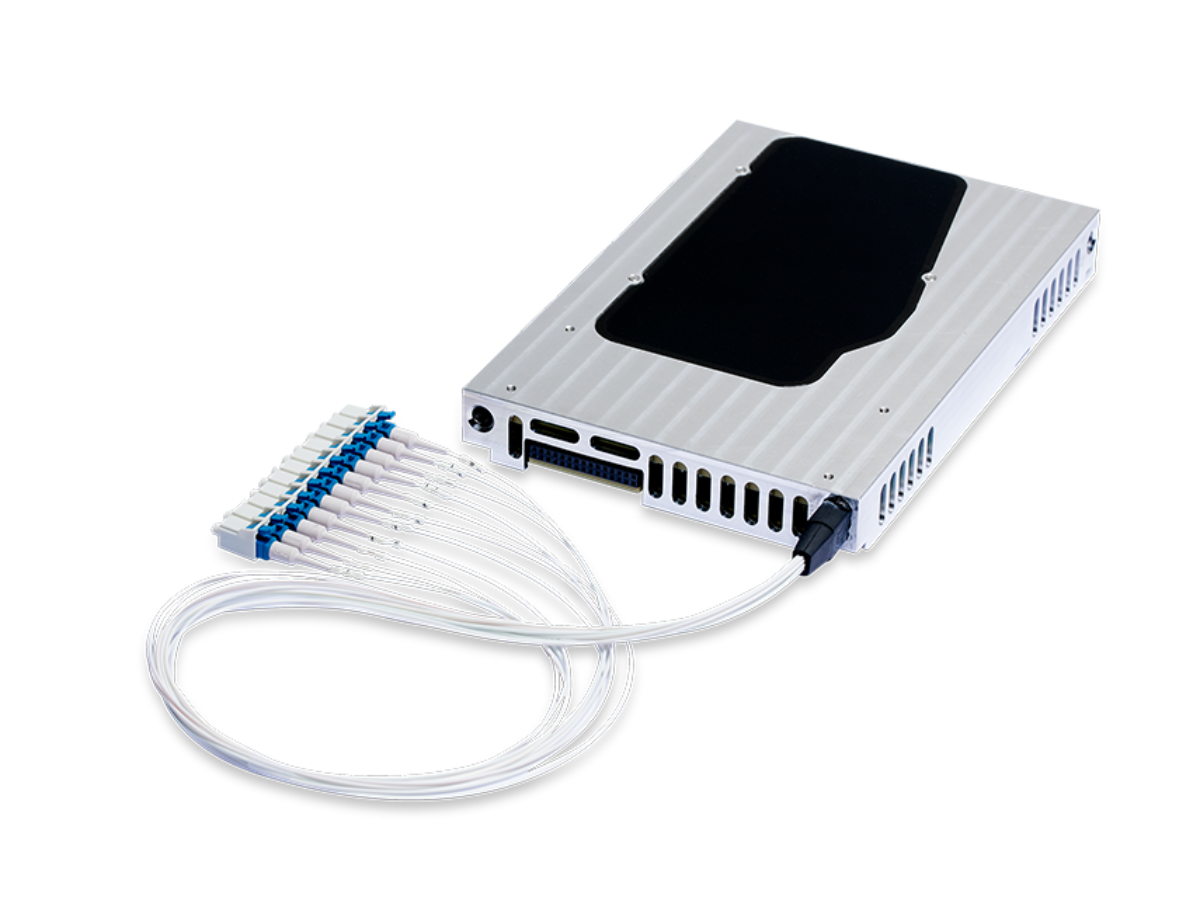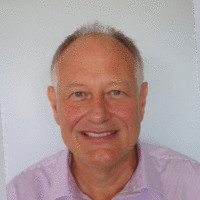The Sydney factory with a hand in half the world’s internet traffic

Brent Balinski speaks to Jon Bulman, Director of Manufacturing at Finisar, which has assembled and exported about $2 billion in optical products from Sydney, though would be a name unfamiliar to most Australians.
There are Australian businesses whose impact is so significant that a mention of where they’ve made their mark could, by association, call up the company name in your head.
Hearing implants. Cochlear. Sleep apnoea treatment? ResMed. Carbon fibre car wheels? Possibly you just thought of Carbon Revolution.
For internet traffic, such an association is weaker or non-existent, which is a shame. Finisar Australia – founded in 2001 as Engana – builds devices critical to transporting the data we routinely depend on.
“We have produced wavelength selective switches here in volume for over ten years; they have been incorporated in systems built by major telecommunications network companies, who deploy their systems around the globe,” Finisar Director of Manufacturing Jon Bulman tells @AuManufacturing during a visit to the company’s Rosebery factory.
“Optical communications networks carry mobile phone, video and internet data. Given our share of the market, it is… fair to estimate that about half the world’s internet traffic goes through our devices.”
Finisar has developed and manufactured about $2 billion in optical communications products from Sydney, he estimates. It operates a set of cleanrooms, R&D, logistics and other functions at Rosebery, after originally being homed at Australian Technology Park.
Its main products are liquid crystal on silicon (LCOS) wavelength selective switches, a niche it created, and which has allowed for transporting growing volumes of data through reconfigurable networks.
“At a site in a network you may want to add or drop channels to follow different paths, to continue along the main network path or to branch out,” explains Bulman.
“You can imagine a switch as the intersection of two freeways, where traffic can enter or exit in any direction. The WSS selects wavelengths of light, or channels, on an incoming fibre and directs them to any of the outputs.”
Assembly and calibration
Over a quarter of a million LCOS WSS modules have been shipped by the manufacturer so far.
Ownership has changed over the years, but “activity remains basically the same” for the Australian operation, according to Bulman.
Engana was acquired by Optium in 2006, Optium by Finisar in 2008, Finisar by II-VI in 2019, and after completing its acquisition of Coherent at the beginning of this month, NASDAQ-listed II-VI will be renamed Coherent.
Underneath it all, Finisar Australia continues to operate independently. Bulman notes that for the 2019 acquisition to go ahead, Chinese regulator SAMR required the Australian company to operate separately from II-VI. Such is the international importance of what it does.
The company’s supply chain is complex, with LCOS made in South Korea, grism (combined diffraction grating and prism) from the US, and PCBs from Thailand.
Production machinery used abroad, key to the company’s success, is made in Sydney. Everything is connected to the company’s MES, which it developed in-house, allowing for real-time monitoring and control from Sydney as its operations grew internationally.
“Once we have combined the optics unit with a circuit board, we can calibrate the module, which is a key step in our manufacturing process,” says Bulman of assembly at Rosebery.
“The optical components, mirrors, lenses and prisms are all pieces of glass which are aligned together using sub-micron positioning accuracy.”
Still, there are imperfections, which may be tiny but must be addressed.
“The calibration process allows us to measure the optical characteristic of the individual module, and then determine the algorithm required to create images on the LCOS that will steer the light to correct for small errors in the optics.

“When we adopt manufacturing technologies such as robotics and Industry 4, production costs in Australia can be competitive relative to other industrial countries,” believes Bulman.
“In essence, the software in each module is individually programmed, using an automated AI system, to digitally compensate for variations.”
A program programs the program for each module which is shipped from Rosebery. Who programs that? Bulman dismisses the question with a laugh.
“Australia can be competitive”
Bulman says that about 100 of the 250 staff at the site are involved in production, and about 30 per cent of the production team has been there ten years or longer. Overall, the average staff member has been there seven years or more, and 40 per cent have been there over ten years.
Within the 100 or so involved in technology, product development or engineering roles, half have completed some form of post-grad training and a quarter have PhDs.
There is some moving from company to company in the small world of high-tech electronics in Australia. Bulman dismisses another question, about tensions to do with poaching in a situation where it is hard to find specialist staff, saying that it doesn’t pay to hold grudges in such a close community. Plus knowledge transferring across companies creates a broader benefit.
Bulman says he’s noticed a resurgence in high-tech manufacturing in Australia, though is concerned these gains are at risk from the current economic fragility.
There is a need to continue the expansion in the industry seen since 2020, he says, for reasons including resilience against future shocks, our traditional dependence on resource extraction, and because our standard of living is on the line.
Its story is probably not as well known as it deserves to be, but the 21-year-old photonics innovator shows that world-changing companies can prosper here.
“When we adopt manufacturing technologies such as robotics and Industry 4, production costs in Australia can be competitive relative to other industrial countries,” says Bulman.
“Even small, remote countries like Korea, Ireland, New Zealand and Israel are increasing their manufacturing output, and creating manufacturing jobs. We should be able to do the same.”
Main picture: A WSS (image credit Finisar/Jon Soe)
An extended interview with Bulman, covering topics such as supply chain and skills challenges in this era, R&D at Finisar and more will be available on Friday through the @AuManufacturing Conversations podcast.
Subscribe to our free @AuManufacturing newsletter here.
@aumanufacturing Sections
Analysis and Commentary Awards Defence Manufacturing News Podcast Technology Videos










